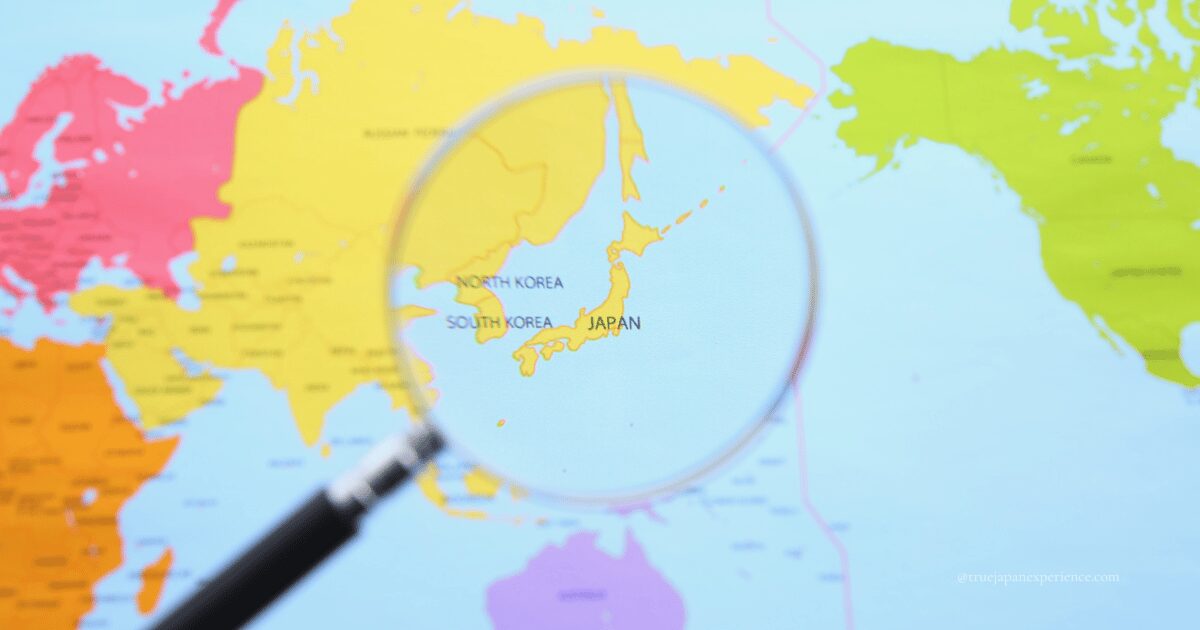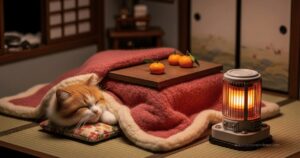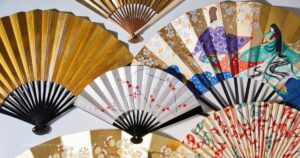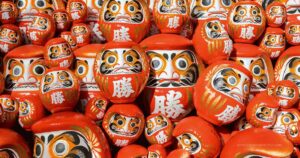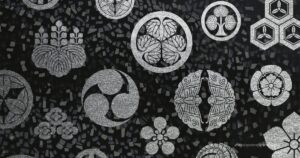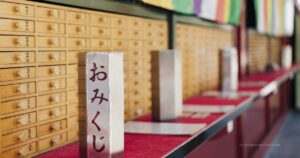Many people have a misconception about Japan—but the truth is very different.
Japan is known for its rich traditions, delicious food, and pop culture. But many people outside Japan still imagine things that aren’t quite true.
Do most Japanese people still sleep on futons laid out on tatami instead of using beds?
Do they wear kimono every day?
Let’s explore 7 common misconceptions about Japan—and find out what daily life is really like.
Why Do So Many People Have the Wrong Image of Japan?
People around the world are fascinated by Japan.
Japan often appears in movies, anime, and travel shows. These images are colorful and exciting—but they don’t always show what everyday life is really like.
Also, because Japan is unique and a little far away for many people, it’s easy for certain images to stick. That’s why some beliefs about Japan become strong, even if daily life here is quite different.
Let’s take a closer look at some of the most common misconceptions about Japan.
misconception about Japan 1: Japanese People All Sleep on Futons
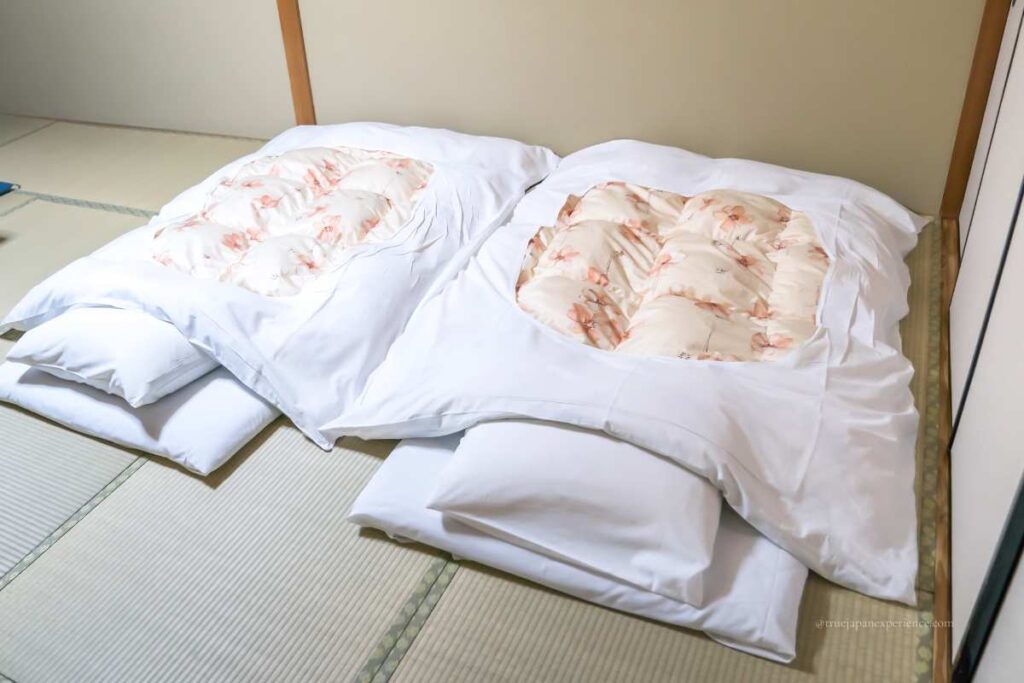
One of the most common misconceptions about Japan is that people still sleep on futons placed on tatami mats.
This image often comes from old movies, anime, or a stay at a traditional inn.
But today, this is not the common way.
A national survey in 2021 showed that 55.6% of Japanese people sleep in beds, while only 40.5% use futons. So more than half of the people in Japan now use beds, not futons.
In the past, having a tatami room was just normal in Japanese homes. It was something almost every house had.
But today, many modern homes don’t have even a single tatami room.
This shows how daily life in Japan has changed over time.
This change is clear—more people now live in homes with only wooden or flooring-style rooms.
Even in regular towns—not just big cities—most floors are now wooden or “flooring” style, not tatami. People use beds just like in many other countries.
Futons are great for families with kids because they save space.
However, the idea of everyone sleeping together on futons in a tatami room no longer matches how most Japanese families live today.
I also sleep in a bed, and my home doesn’t have a tatami room.
misconception about Japan: People in Japan Wear Kimono Every Day
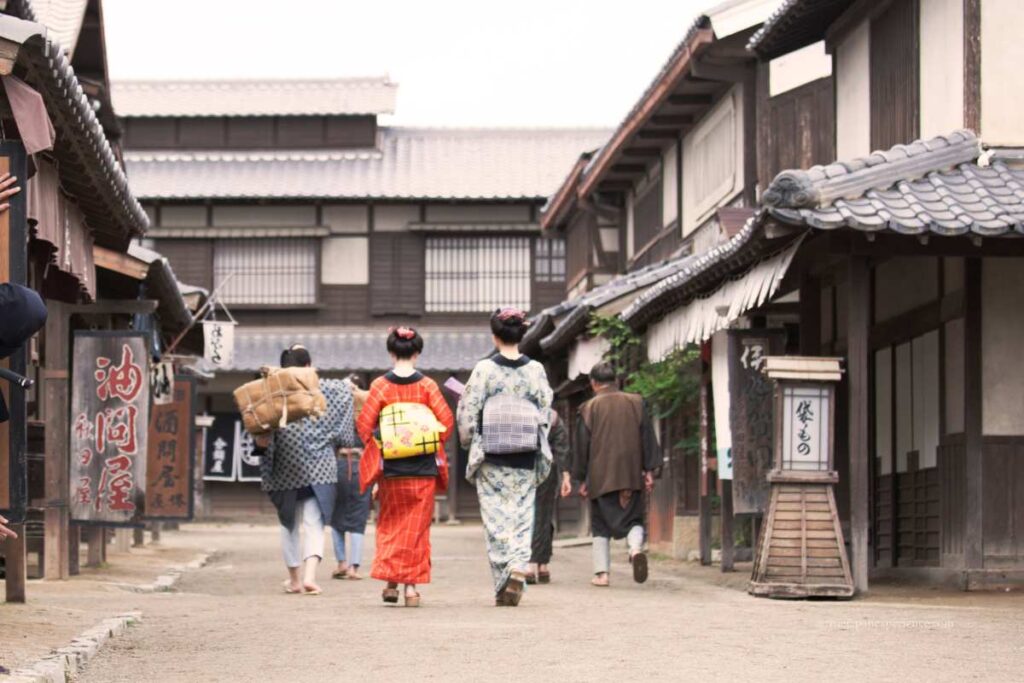
The next common misconception about Japan is that people think Japanese wear kimono and sandals every day.
They may imagine this when thinking about Japan, probably because of old movies or travel shows.
But in real life, most people wear jeans, sneakers, or business suits—just like in many other countries.
Kimono are usually worn only for special events like coming-of-age ceremonies, weddings, or New Year shrine visits.
A survey showed that more than 80% of women in Japan have worn a kimono at least once, but many of them only wore it one time. For men, it’s even less common.
Wearing a kimono takes time and special skill. There are correct rules for how to wear it, but most people don’t know them.
Very few people can put on a kimono by themselves. So when someone wears a kimono, they usually go to a person who can help dress them properly.
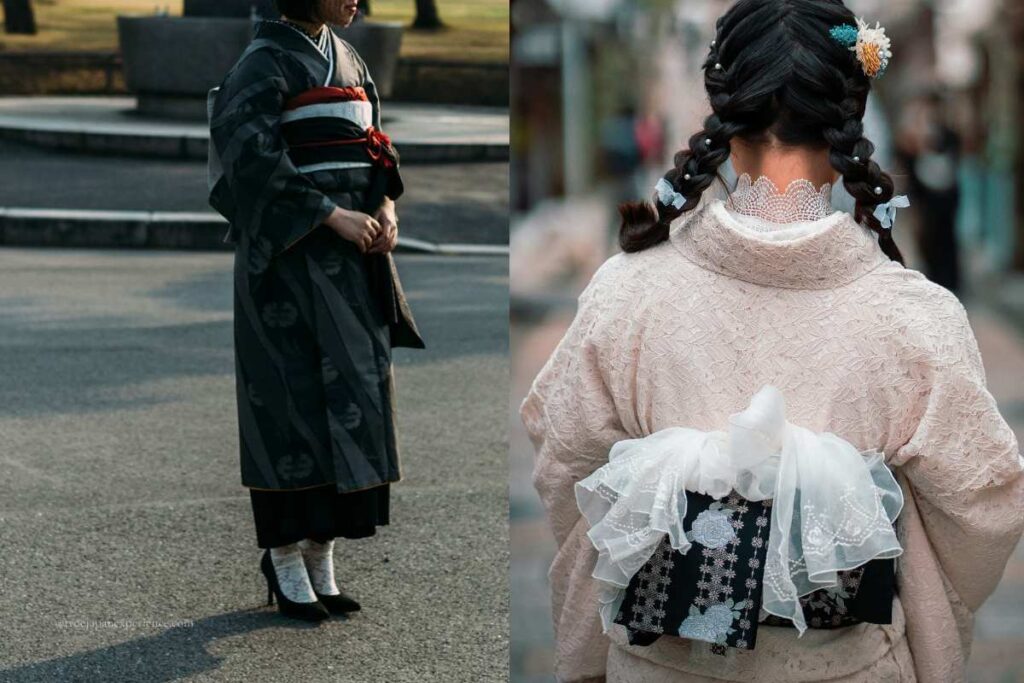
Only a small number of young people sometimes enjoy wearing kimono in a fun and modern way. They might wear it with boots, hats, or Western-style coats. But this is rare and more about fashion than daily life.
So while you may see people in kimono in Kyoto or at festivals, it’s not something most people wear every day.
misconception about Japan 3: People Think Japanese Eat Sushi Every Day at Home
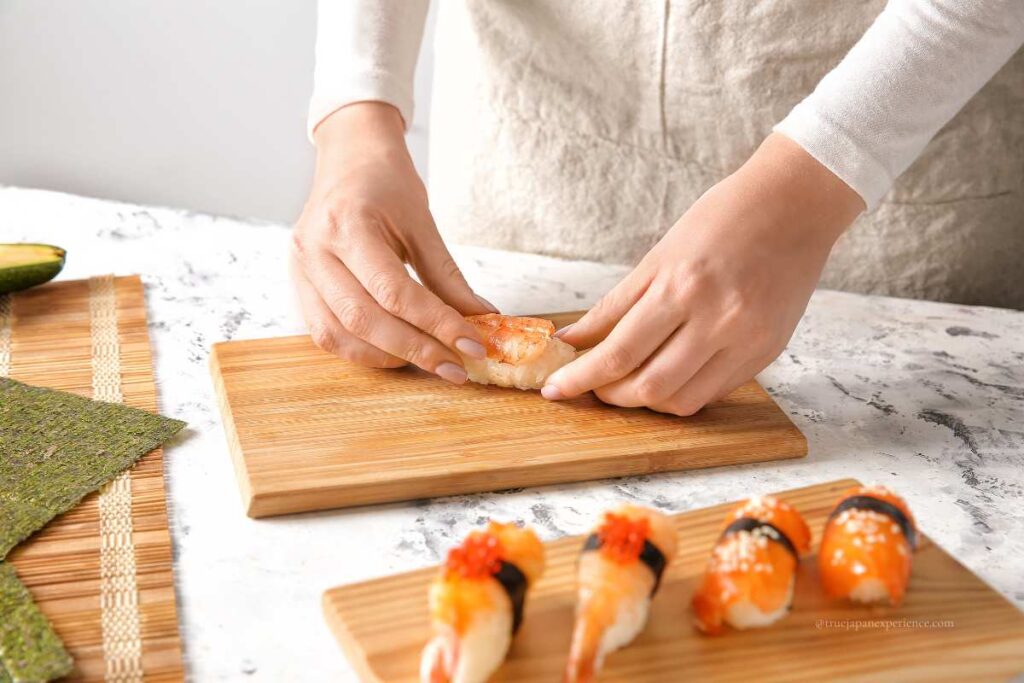
Another common misconception about Japan is that people eat sushi all the time, even at home. Some visitors think Japanese families make sushi every day, but that’s not true.
Sushi is a popular food in Japan, but it’s not something people eat every day.
Most people in Japan eat sushi once or twice a month, usually when they eat out.
But it’s not at fancy sushi restaurants where chefs prepare each piece by hand.
They usually eat sushi at conveyor belt restaurants or casual places like izakaya, because it’s quick and cheap. In fact, many people say they’ve never been to a fancy sushi restaurant with a sushi chef.
At home, people sometimes make hand-rolled sushi with their families, but it’s usually for parties or special days.
Most homes don’t make sushi often, and almost no one makes sushi every day.
So yes, Japanese people love sushi—but eating it every day is not part of normal life.
misconception about Japan 4: Everyone in Japan Does Martial Arts
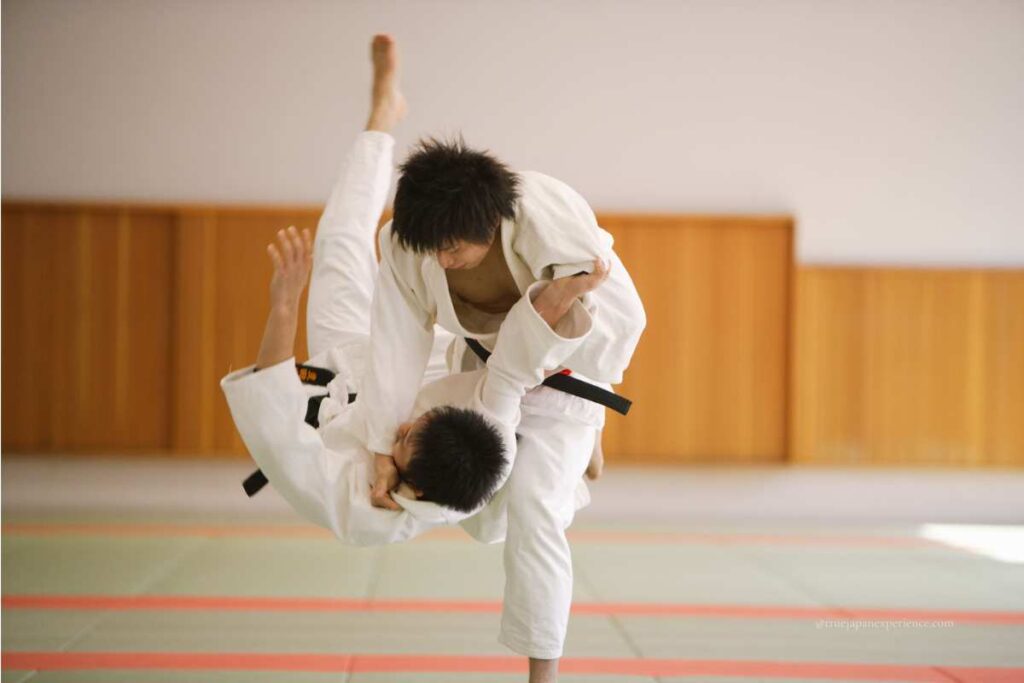
One common misconception about Japan is that everyone learns martial arts like judo or kendo.
People may think this because of anime, movies, or Japan’s long history of samurai.
But in real life, most people in Japan don’t practice martial arts. Some learn them at school for a short time, but very few continue after that.
For example, about 2 million people do judo in Japan. That sounds like a lot, but Japan’s population is over 125 million. That means only around 1.5% of people in Japan do judo.
The number of people with a black belt in kendo is around 2 million, too. Again, that’s just a small part of the whole country.
These days, many young people prefer other activities, like soccer, baseball, or going to the gym. Martial arts are still respected as part of Japanese culture, but they are not something everyone does.
Actually, I’ve never done any martial arts in my life—not even at school.
misconception about Japan 5: Japanese People Are All Buddhist
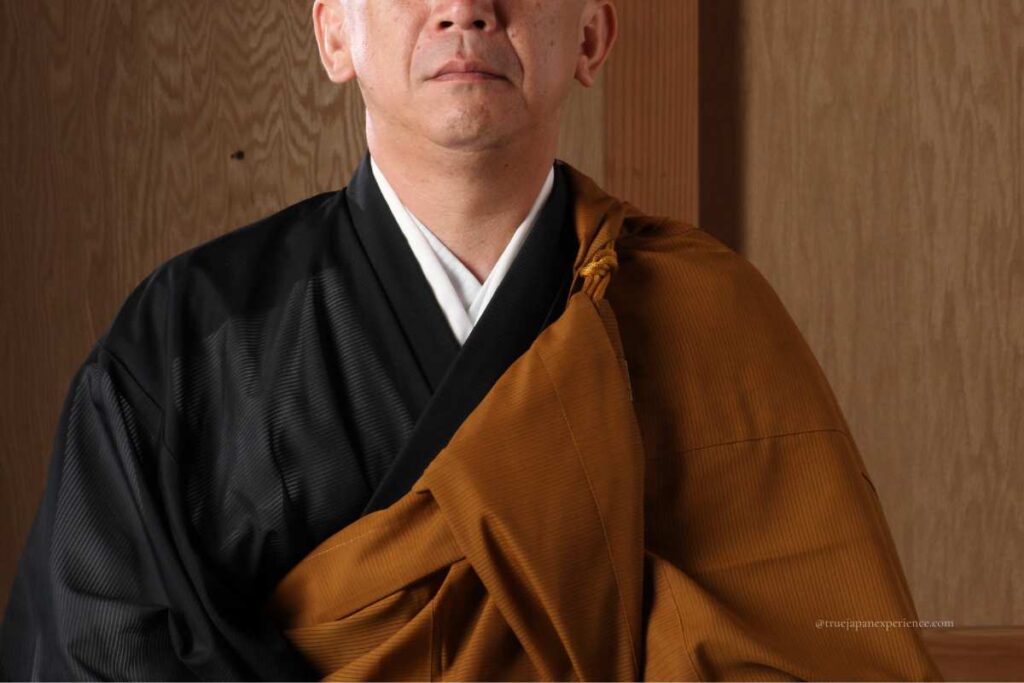
Another common misconception about Japan is that all Japanese people are Buddhist.
People may think this because they see many temples and Buddhist customs in Japan.
But here’s the truth.
Buddhism came to Japan from other countries. Before that, Japan had its own native religion called Shinto. Even today, many people mix both Buddhism and Shinto in daily life.
Also, many Japanese people say they have no religion.
Surveys show that over 50% of people say they are not religious. Only about 31% say they believe in Buddhism, and about 3% in Shinto. Christianity is even smaller, around 1%.
But in Japan, saying “no religion” doesn’t mean people believe in nothing. It simply means they don’t follow one religion very strongly.
Most people still visit temples, go to shrines on New Year’s, or pray at home even today.
Japanese people often mix ideas from Buddhism, Shinto, and even other beliefs. This comes from Japan’s long history of accepting many spiritual traditions.
In Shinto, the native religion of Japan, there are many gods in nature—like mountains, rivers, trees, and even tools or food.
This idea teaches people to respect nature and things around them.
So even if many Japanese say they have no religion, religious ideas and traditions still live quietly in everyday life.
For many Japanese people, religion is not about strong belief, but something quietly connected to daily life, culture, and tradition.
misconception about Japan 6: Samurai and Ninja Still Exist
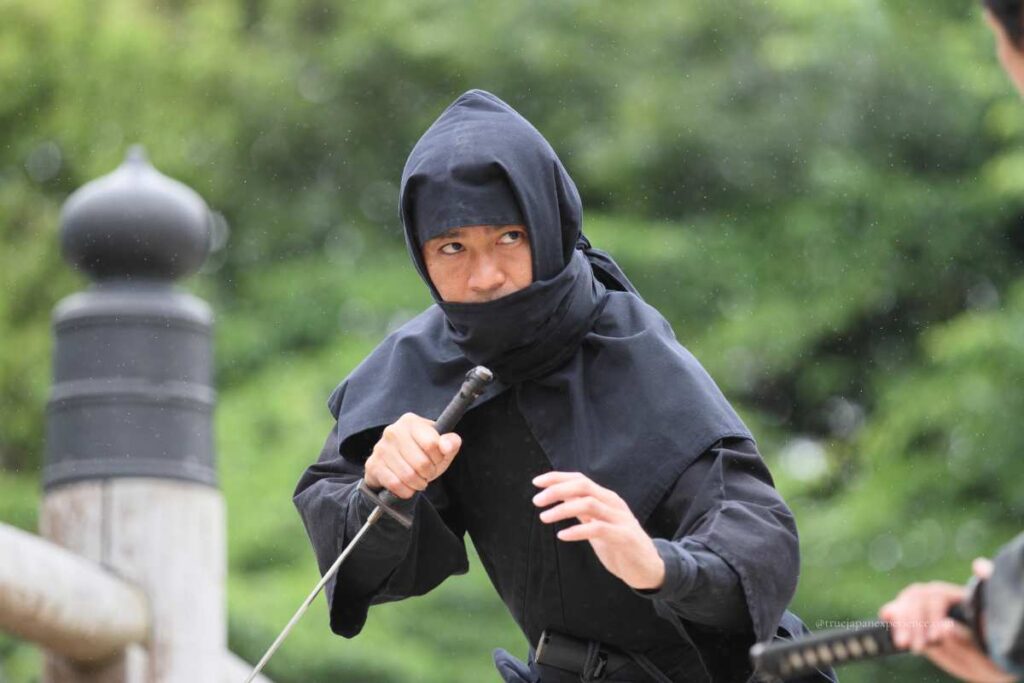
Believing that samurai and ninja still exist today is another common misconception about Japan.
This idea often comes from anime, action movies, or video games.
But the truth is, real samurai and ninja disappeared long ago.
Samurai lost their jobs in the late 1800s, during the Meiji period. Ninja were mostly active during the Sengoku period, hundreds of years ago.
Today, the word “samurai” is sometimes used for people with strong values or discipline.
But there are no real samurai or ninja living in Japan now.
Still, you can see ninja shows at theme parks, or meet “ninja” actors at tourist spots. Some people also study old ninja skills as a hobby or sport.
These are fun ways to enjoy Japanese culture—but they’re not real jobs anymore.
So yes, samurai and ninja are real parts of Japan’s history.
But now, they live in stories, museums, and the hearts of fans around the world.
misconception about Japan 7: People Think All of Japan Is Like Tokyo
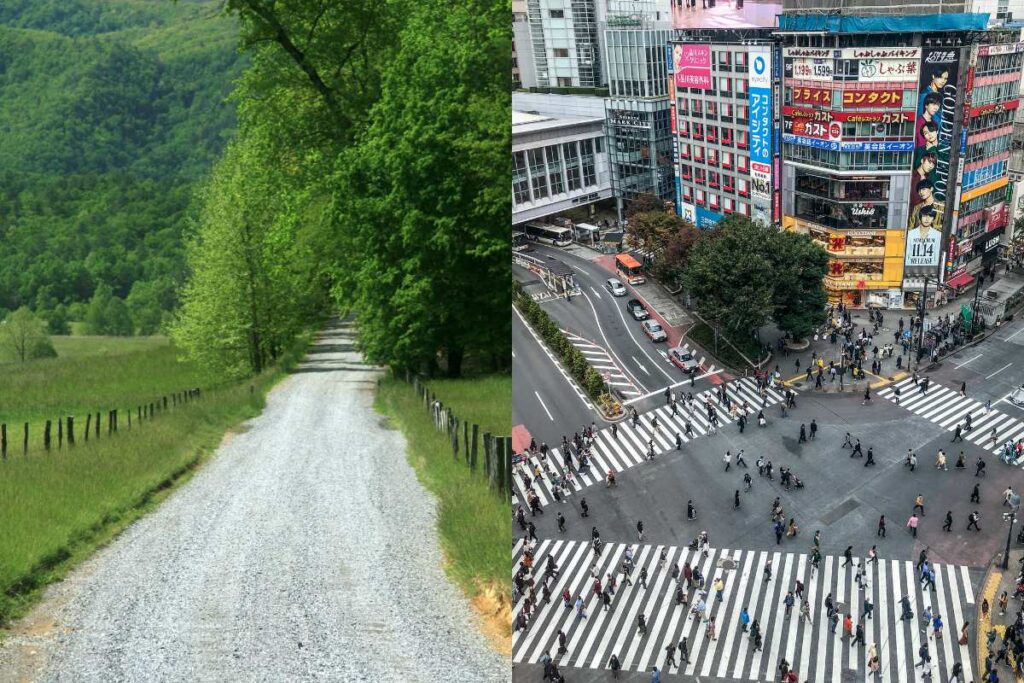
One common misconception about Japan is that the whole country is modern and busy like Tokyo. You might imagine tall buildings, fast trains, and bright lights everywhere.
But that’s only true in some big cities like Tokyo, Osaka, or Yokohama.
Only cities like Tokyo, Osaka, Nagoya, Kyoto, Fukuoka, and a few others actually have subways. Most other places don’t have subways at all.
Outside these major cities, life tends to be much slower and quieter. People in these regions often drive because buses and trains are limited.
A large part of Japan is full of nature. There are many peaceful places with green mountains, forests, rivers, lakes, and rice fields.
People in these areas live a quiet life, far from the noise of big cities.
So while Tokyo is a busy and high-tech city, not all of Japan is like that. The truth is, Japan has many different kinds of places—some modern, and many full of beautiful nature.
That’s why the idea that “all of Japan is like Tokyo” is just a misunderstanding.
Conclusion
Japan is full of surprises.
Some parts are modern and high-tech. Others are quiet and full of tradition.
Knowing the truth behind these common ideas helps you enjoy Japan even more. So next time you visit, you’ll see the real Japan—not just the image from TV or anime.
Japan is full of surprises—both in how it’s seen from the outside and how people actually live day to day.
If you want to learn more about real Japanese culture, there are a few other articles you might enjoy:
・Kimono Rental in Japan: How to Enjoy the Experience and Understand Its Meaning
Learn how to try on kimono and what it really means in modern Japan.
・How to Enjoy Japanese Sushi: Styles, Dining Tips, and Manners
Find out how Japanese people really eat sushi—and it’s not every day!
・Shrines vs. Temples in Japan: What’s the Difference?
Discover how to tell them apart and what to do when you visit.
・Samurai Experience Japan: Discover the World of the Warrior
Step into the world of samurai and learn how people can still enjoy this cultural icon in modern Japan.
These guides can help you enjoy Japan more deeply—and maybe even avoid a few common misunderstandings along the way.
